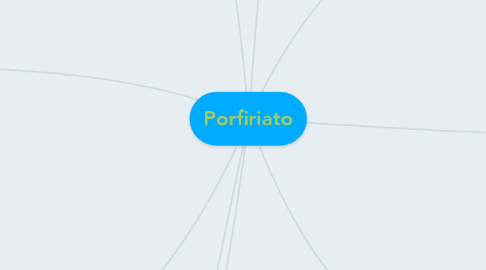Porfiriato
by valentina perez

1. Church: Díaz considered that it was necessary to have the Church in his favor, so he did not enforce the laws of the 1857 Constitution that affected it. The Church recovered some of his power, so, naturally, it supported Díaz. The president won the favor of some intellectuals as well, giving them positions in the government.
2. The social situation: The workforce employed in the different areas of production like: farming, mining, manufacturing, transportation and so on. This was exploited for the benefit of the owners of factories and mines. Rich families continued to be wealthy after the independence. During the Profiriate, Díaz created a whole system through which the social elite established partnerships with some foreigners to make important business. The middle class were the wealthy merchants that needed help to manage their business efficiently. They started their own business, later became very important and powerful. Peasants continued to be deprived of their lands, which led them to misery. Those who managed to find a job usually suffered mistreatment from the landowners of employers.
3. Foreign investments: Foreign investments were constant in Mexico throughout the 19th century; they were a good strategy to get capital. For this reason, English, German, French, US, and Spaniards investors came to the country. Most of those foreigners invested on industrial and commercial activities. They settled mostly in Mexico City, where the main activity was commerce. A great part of the foreigners who came to Mexico during the Porfiriate brought their families with them. And along came their customs, languages and religions, changing some things in the culture of the country.
4. Everyday life: A great part of the foreigners that came to Mexico, brought their families with them. And along came their customs, languages, and religions. As way to connect with each other they created communities through institutions like social or helping clubs. They also brought their favorite food and beverages. The french Pastry wines and cheeses, the english their tea. Every group of new population, brought one part of their nation, to share with others.
5. Education: traditionally, education had been in hands of the clergy. It was common to use force to teach children in school. All was about discipline and good future. They teached how to behave, but not always with a very good manner. They were around of 600 children in the zone. Positivism: it was a movement borned in france to 1798 to 1857. It was created by August Comte. They pass through 3 stages. 1 religion 2 methapysic 3 the ideal
6. The main driving forces of the economic in that period were the railroads. The country continued o be rich in metals and minerals. The U.S.A became our main partner in foreign trade.Díaz granted economic concessions to military, and the most important among them were appointed governors of the states.
7. Order and progress: To sablish stability for the country , so it could progress. His way of doing this was centralization of power.• He granted economic concesstions • He did not enforced the laws of the 1857 constitution to have the church at his side • He managed to control the legislative power and the governor, which guaranteed that would hold the most important reins in his hands
8. Executive power Diaz thought it was convenient to have the main forces of the country on his side, so they would not threaten his authority. the president won the favor of some intellectuals as well, given them position on the government. He was very clever forming his cave net because he gathered his followers
9. The scientists: Men who were very close to Díaz and advised him politically formed the so-called Scientist group. Maximum 50 members (32-48 years old). Lawyers, physicians, engineers, and priests, many of them were born in Mexico City. The Scientists were the main promoters of Díaz' reelections.


